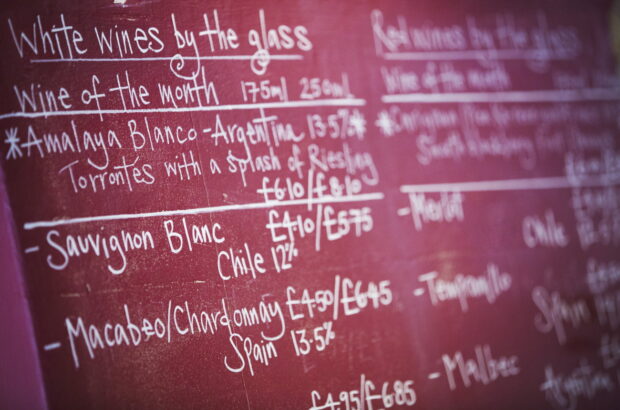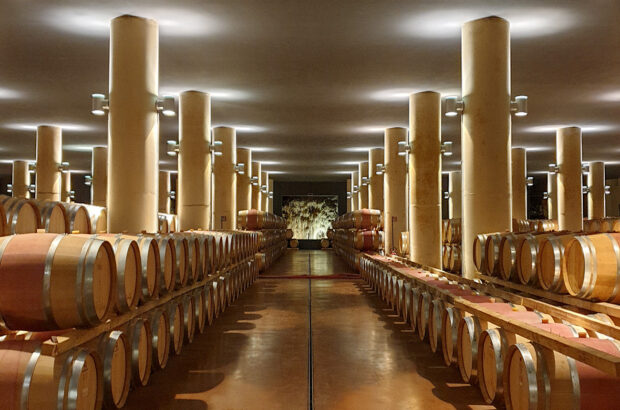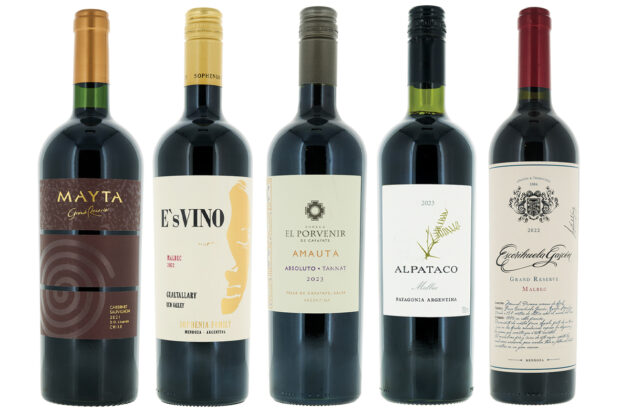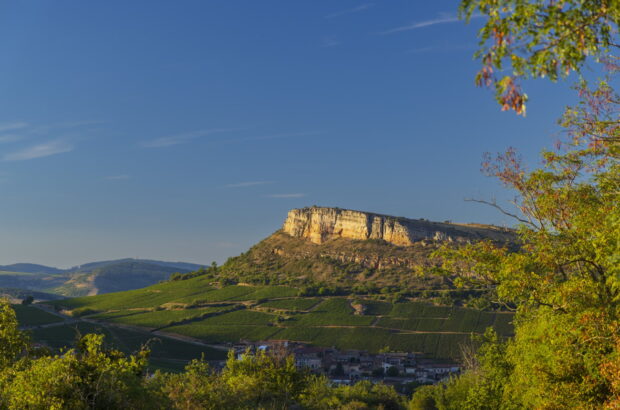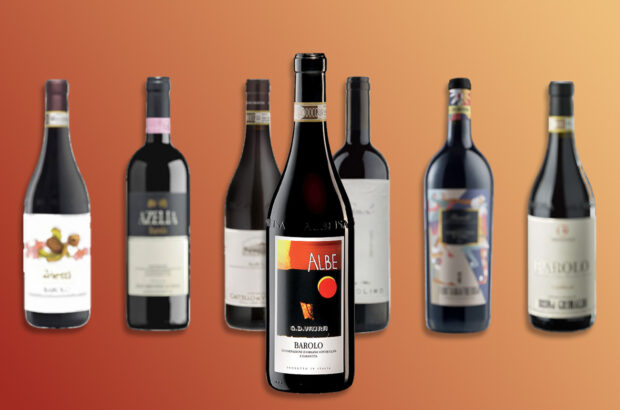The avenue to Tokyo’s Meiji shrine is lined with 60 Burgundian oak barrels, stacked opposite a similar number of sake casks, as anyone visiting the city this summer for the 2020 Olympic Games will see.
Since the shrine was built to commemorate Emperor Meiji, who ruled Japan from 1867 to 1912, and sake plays a key role in Japan’s Shinto ceremonies, one might conclude that wine also has a prominent position.
In the late 19th century, Japan modernised, and an interest in wine ensued.
‘Japan shows evidence of a country defining its own wine culture’
Today, wine is not a part of daily life for most people, but there is a significant wine culture that spans formal dining to casual drinking.
France is central to Japanese wine culture. French cuisine, long seen as the pinnacle of western fine dining, has helped to cement the reputation of French wines.
Upmarket grocer Meidi-Ya promoted Château Lafite Rothschild back in 1908, for example. Christie’s conducted wine auctions in Tokyo in the 1990s – beneficiaries of the bubble economy were buyers of collectable Bordeaux.
However, it is Burgundy that has captured the imagination of connoisseurs.
Japan was relatively early to appreciate the Côte d’Or; department store Takashimaya has imported Domaine Leroy since 1972.
The barrels at Meiji shrine, installed in 2006, are testament to Burgundy’s prestige. The Japanese have traditionally favoured grand cru and premier cru over village wines.
Established restaurants age stock until it is nomigoro, or ready for drinking. Many of Japan’s fine-wine consumers are in their 60s and 70s and insist on the best.
However, even traditional restaurants use Coravin to offer smaller servings and combat rising prices and reduced consumption.
Sparkling wine is another favourite. For the past decade, Champagne has ridden a wave in Japan, which ranks only behind the UK and US in exports for volume and value.
Sommelier Makoto Abe reports that Dom Pérignon, Krug, Cristal and Belle Epoque lead the pack of prestige brands. In the clubs of Ginza, settai (business entertainment) drives consumption.
Meanwhile, private clients seek out grower Champagnes. Higher demand for Champagne has led to price rises and created a market opening for Cava, Franciacorta and other traditional-method, sparkling wines.
Japan was also early to champion natural and low-intervention wines.
In 1993, the late Shinsaku Katsuyama opened Shonzui, a Tokyo restaurant specialising in natural wines. Kenichi Ohashi MW published his book Vin Naturel in 2004.
A new generation of consumers took to the category, and natural wines are no longer confined to specialist venues. Entertaining at home is traditionally not common, and when dining out, the refrain ‘Omakase’, or ‘I leave it to you’, is often heard when ordering both food and wine.
Thus, sommeliers play a leading role in wine culture, and wine-pairing menus are popular. For these, sommeliers cast off classical ties to find the right match.
A recent lunch at L’Effervescence in Tokyo included an assemblage of sake and Barolo Chinato, a Bordeaux blend from Japanese cult producer Beau Paysage, Nicolas Joly’s Coulée de Serrant, Churton’s Petit Manseng from Marlborough and a Macvin du Jura.
This eclectic mix shows the growing appreciation of different regions and styles as more people travel abroad and see how wine is enjoyed without burdensome ceremony, then return to Japan to share their experiences.
Such insights, as well as a slowing economy, have led to a move away from formal dining and an increase in ienomi, or drinking at home.
The best retail options are department stores and independent specialists. Sadly, the emphasis on quality and variety hasn’t migrated to supermarkets.
Here, varietal labels have broadened wine’s appeal, but the selection is unlikely to inspire loyalty.
Japan has followed a well-worn path from the classic wines of France to other European regions, and to the New World.
However, Japan’s delight in high-end Burgundy, prestige cuvées and grower Champagnes, natural wines and, more recently, home-grown wines is evidence of a country defining its own wine culture.
Roddy Ropner is a wine writer based in Japan, focusing on the Japanese wine market


